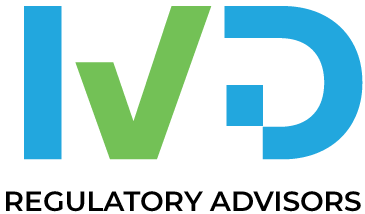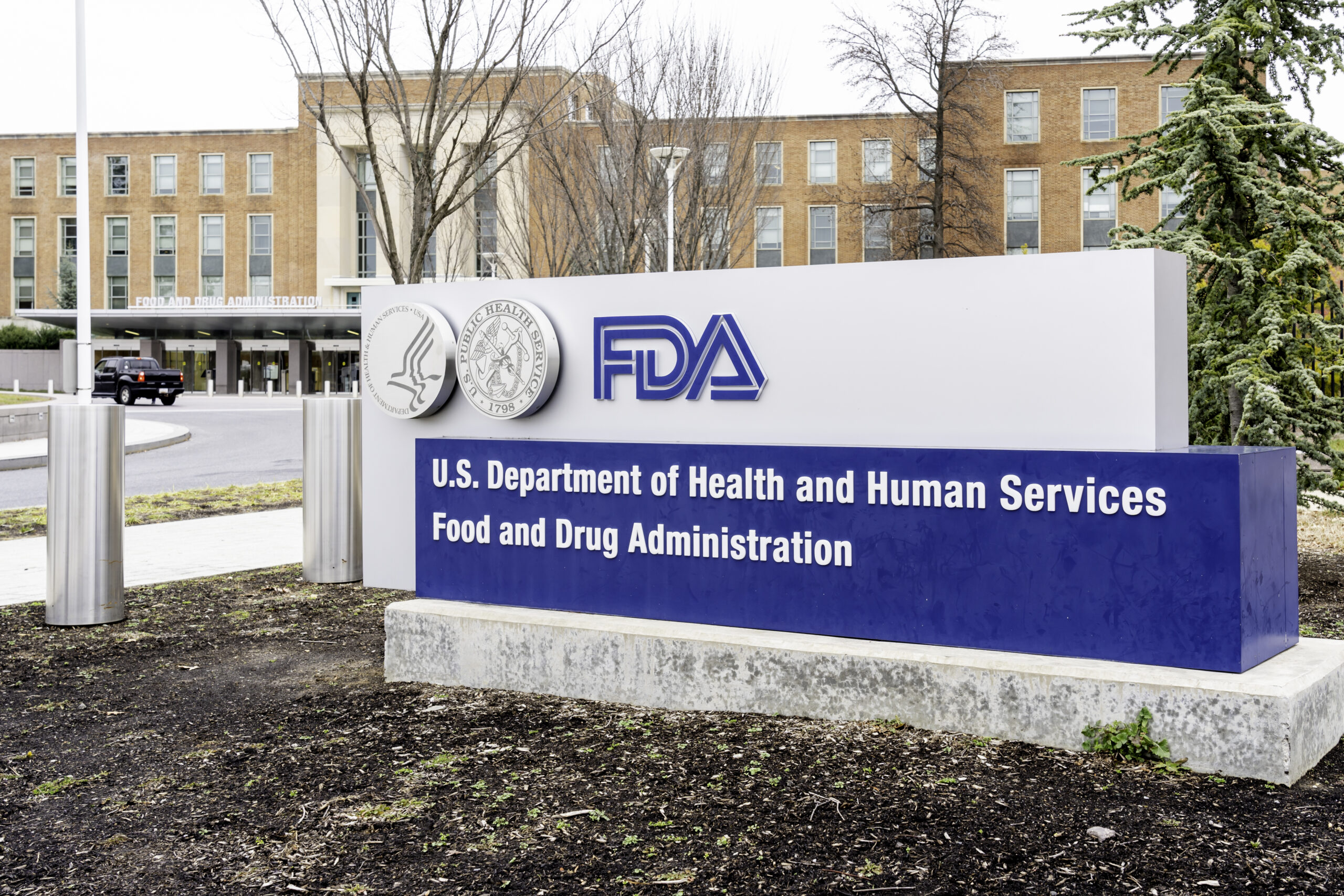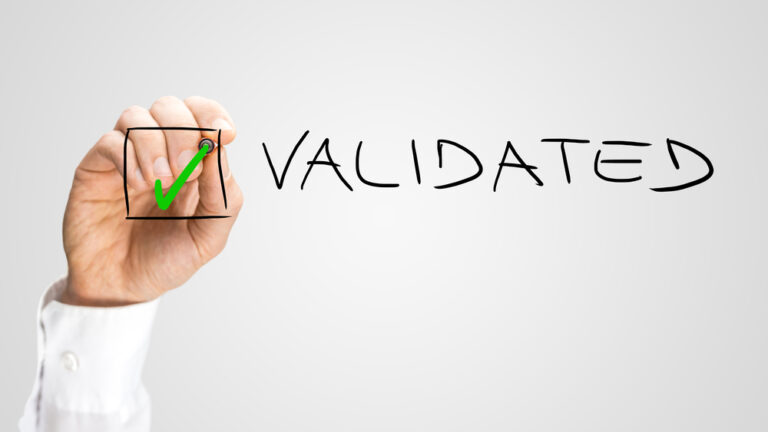Demystifying the Maze: A Guide to Medical Device Regulatory Submissions
Bringing your innovative medical device to market is a thrilling journey, but one that demands a deep understanding of the intricate world of regulatory affairs. Navigating the complex landscape of medical device regulatory submissions can feel like traversing a labyrinth, but with the right guidance, you can emerge victorious, ready to improve patient lives.
What are Medical Device Regulatory Submissions?
Simply put, they’re the formal documents you submit to regulatory authorities like the FDA or the EU MDR to demonstrate that your device meets all necessary safety and efficacy requirements for marketing in a specific region. Think of them as your passport to market access, packed with evidence that your device is safe, effective, and ready to benefit patients.
Why are they Crucial?
These submissions are the cornerstone of securing regulatory approval, paving the way for a smooth market launch and avoiding costly delays. They serve several critical purposes:
- Protecting patient safety: Ensuring rigorous adherence to safety standards guarantees the well-being of users and builds trust in your device.
- Demonstrating efficacy: Providing robust clinical data proves that your device actually delivers the intended benefits and improves patient outcomes.
- Compliance with regulations: Meeting the specific requirements of your target markets ensures a seamless approval process and avoids legal repercussions.
- Building market confidence: A well-prepared submission showcases your commitment to quality and transparency, attracting investors and partners.
Navigating the Different Types:
The specific type of submission you need depends on several factors, including your device’s risk classification, intended use, and target market. Here’s a breakdown of the most common ones:
- Premarket Notification (510(k) in the US, CE Marking in Europe): Demonstrates that your device is substantially equivalent to a legally marketed device, suitable for lower-risk devices.
- Premarket Approval (PMA): Required for high-risk devices with no comparable existing devices, demanding extensive clinical data and rigorous review.
- De Novo Classification: For novel devices with no existing equivalent, establishing a new classification category based on its unique characteristics.
- Investigational Device Exemption (IDE): Allows for limited clinical testing of your device before seeking formal approval.
Crafting a Winning Submission:
Each type of submission has its own specific requirements and formatting guidelines. But some key elements apply across the board:
- Comprehensive technical documentation: Detailed descriptions of your device’s design, manufacturing, and testing procedures.
- Robust clinical data: For relevant submissions, clinical studies demonstrating your device’s safety and efficacy in real-world settings.
- Risk analysis: Identifying and mitigating potential risks associated with your device’s use.
- Quality Management System (QMS) documentation: Evidence of your commitment to maintaining quality throughout the device lifecycle.
Remember:
- Seek expert guidance: Regulatory consultants can provide invaluable insights and help navigate the complexities of specific regulations.
- Plan for iterative processes: Be prepared to revise and resubmit your documentation based on feedback from regulatory bodies.
- Maintain meticulous documentation: Every step, from design to testing, should be meticulously documented to ensure transparency and compliance.
Beyond the Submission:
Regulatory compliance doesn’t end with submission. Post-market surveillance and reporting of adverse events are crucial responsibilities to ensure continued safety and efficacy of your device.
Unlocking the Path to Success:
By demystifying the world of medical device regulatory submissions, you equip yourself with the knowledge and resources to navigate the intricate process effectively. With meticulous planning, a commitment to quality, and the right guidance, you can secure regulatory approval, bring your innovative device to market, and make a positive impact on the lives of patients.
Additional Resources:
- FDA: https://www.fda.gov/: https://www.fda.gov/
- European Medicines Agency (EMA): https://www.ema.europa.eu/en/homepage: https://www.ema.europa.eu/en/homepage
- IMDRF: https://www.imdrf.org/: https://www.imdrf.org/
- AAMI: https://aami.org/: https://aami.org/




